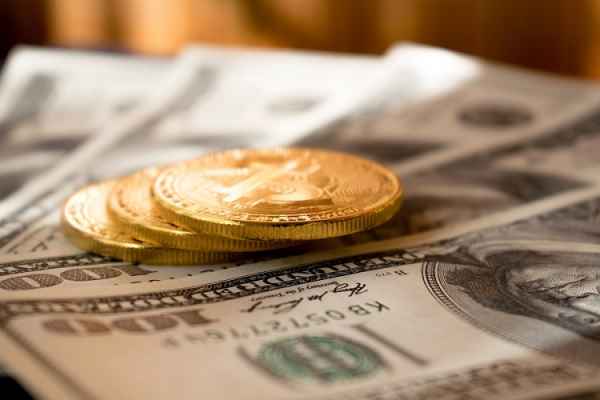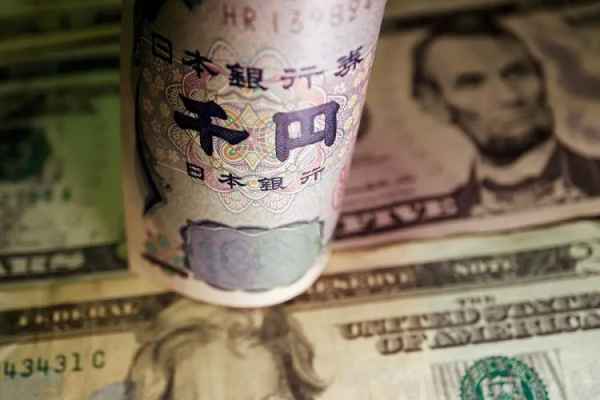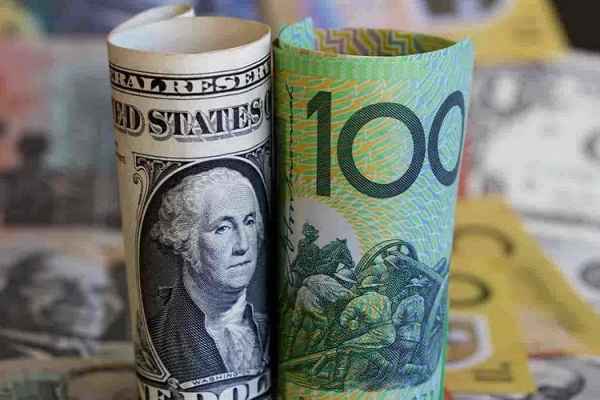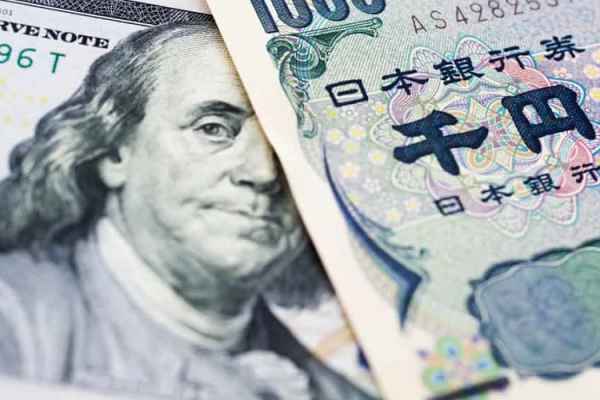The S&P Global version of the PMI report featured a relatively more resilient performance of the US economy than the UK and Eurozone.
A series of Purchasing Managers' Index (PMI) reports from the manufacturing sector, released today (22/February), highlighted the superiority of the US economy over some other developed economies. The US Dollar Index (DXY) then made a limited rebound from its three-week low to the 104.05 range.
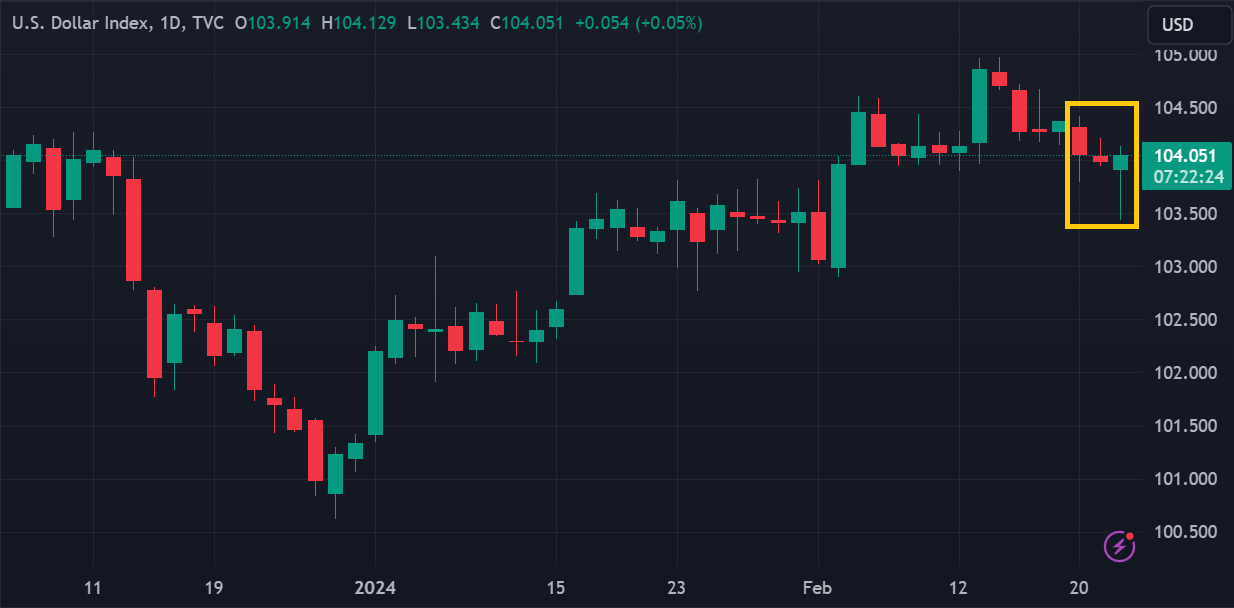
The HCOB PMI report this afternoon showed Eurozone services business activity finally showed signs of recovery in February 2024. However, the Manufacturing PMI score slipped from 46.6 to 46.1. The Eurozone Composite PMI remained below the 50.0 threshold, signalling continued contraction.
Sterling had shot up after the release of better-than-expected S&P Global/CIPS Services PMI data, but it turned out that the score was stagnant at 54.3. Meanwhile, the UK Manufacturing PMI score of 47.1 was lower than the forecast of 47.5.
S&P Global's US PMI report featured a relatively more resilient economic performance. The US Manufacturing PMI score increased from 50.7 to 51.5, although it was previously expected to decline to 50.5. The US Services PMI score slipped from 52.5 to 51.3, but the figure is still in expansion territory above the 50.0 threshold.
Some other notable US economic data was also released during the New York session. The number of weekly jobless claims was lower than expected. Existing Home Sales data surged 3.1% in January 2024, after recording -0.8% in the previous period.
Some of these data triggered a rebound in the US dollar exchange rate, but likely lacked the strength to drive a sustained rally. This was seen in various major currency pairs.
GBP/USD was confined to the 1.2640s at the time of writing. EUR/USD is stuck above the 1.0800s. The rise in USD/JPY also tends to moderate to 150.60s only, still within the range formed since last week.
Noel Dixon, senior macro strategist at State Street Global Markets, told Reuters that the dollar could potentially benefit from divergence with other countries, as the US economy looks relatively stronger. However, "there is fatigue" after the dollar's recent gains. Dixon argued, "For the dollar to break, we need to see more data."

 Dedicated FREE FOREX VPS
Dedicated FREE FOREX VPS Free FOREX Virtual Private Server
Free FOREX Virtual Private Server MT4 Demo Contest, Get $500
MT4 Demo Contest, Get $500 Sign Up for an Account, Claim 60% Deposit Bonus
Sign Up for an Account, Claim 60% Deposit Bonus Free MT4/MT5 VPS 2024
Free MT4/MT5 VPS 2024 Send E-mail and Get Free Merchandise
Send E-mail and Get Free Merchandise $1K Refer a Friend Bonus for Pepperstone Pro clients
$1K Refer a Friend Bonus for Pepperstone Pro clients Maximize Your Earnings with 100% Deposit bonus
Maximize Your Earnings with 100% Deposit bonus Trade to Win, $5,000 Monthly Demo Contest
Trade to Win, $5,000 Monthly Demo Contest Claim 30% + 15% Deposit Bonus from LiteFinance
Claim 30% + 15% Deposit Bonus from LiteFinance


